423. I Join the Type Writer Party, AI vs. Friction, & The Metropolitan Review
+ Puzzling Laugh Lines, Waking Up Sketchbook & Morris gets up close and personal
Welcome to Issue #423 of New York Cartoons!
Whew, what a year January was. Trying to write cartoons about this administration has been like drinking from a fire hydrant— but instead of water, it’s a torrent of dog feces. I looked back at some of the cartoons I did for the New Yorker in the first Trump administration to see if things were quite as unhinged as they are now— I’m sad to say, they were. There’s nothing new about the relentless weirdness in this sequel, aside, perhaps, from the inclusion of new cast members from the tech community.
Scott and I discussed coming up with jokes about the new regime administration in our latest episode of “Is There Something In This?” which you can watch/listen to here:
My friend Ethan is leaving New York, and in packing everything up has gifted me a ton of fountain pens and inks, and one of his most prized possessions— a 1960 Royal Royalite vintage typewriter. I’ve been tapping away on this thing for hours and realising how sometimes things we think are anachronistic are actually more useful than we thought— like writing by hand, typing on a typewriter slows down your thoughts, it makes you more deliberate about your words, and flab-nabbit, it just feels so good to tap those keys!
Don’t worry; I won’t be lugging it into any pretentious Brooklyn cafés anytime soon. But It did come with a carry case…
I wrote on Process Junkie this week about how AI might feel magical in its frictionlessness, but (human) writing—like walking—is valuable because of the friction. The use of a typewriter or a pen on paper might be harder than using a computer keyboard or a stylus, but if you find that part more fun— double down on that part. Unless you’re just churning out stuff for the sake of hitting deadlines, there’s a real chance you can actually have a good time making things by digging down into the process. Read more here.
One last thing— Thank you to everyone who came to the show at Union Hall on Saturday night. It was our first for the year, and we sold out! Always a nice feeling. I enjoyed meeting some of you after the show, and I hope you get to catch the next one on 3/22 @ 10pm!
—And with that, let’s get on with this week’s issue!
See you in the comments…
Turning the Page in Literary Criticism: The Launch of the Metropolitan Review.
The thing about being at a literary magazine launch in 2025 is that it feels both wildly anachronistic and somehow right on time, like finding a perfectly preserved speakeasy just when you've gotten tired of craft cocktails served in Mason jars. In an era when peoples’ attention spans are shrinking to the size of Trump’s pinky, it seems optimistic to be investing in something that requires people to read more than nine words before switching tabs.
And yet, on Friday night in Murray Hill, while finance bros in vests were doing Fireball shots at street level, I found myself 23 floors up, perched in the back of a dimly lit art deco apartment eavesdrawing the launch party for The Metropolitan Review, a new publication determined to prove that literature isn't dead, it's just been forced to read too many celebrity BookTok picks. (Please tell me you haven’t switched tabs already.)
The founders—Lou Bahet,Ross Barkan, and Sam Kahn—have taken the stance that perhaps, just perhaps, we shouldn't let algorithms and marketing departments decide the future of literature. That what is needed is a literary Special Forces unit - dropping into the culture to rescue overlooked masterpieces while taking precisely aimed shots at overhyped mediocrity. They’re honest brokers, telling you plainly whether the engineered hype offers a semblance of truth or if it’s all dross dressed up in superlatives.
Here is a group of writers and editors who have looked at the wasteland of modern criticism and decided to plant a flag. They aren’t just starting a magazine; they’re staging an intervention for American letters. The Metropolitan Review isn’t trying to be the next New Yorker; they’re trying to be the first whatever-comes-next.
Their plan is refreshingly simple: launch both a Substack and a website, then culminate in a print edition, as if to say, "Yes, we believe in the power of digital, but also in tangible things you can tear out and pin above your desk. And possibly throw across a room." The Substack element feels particularly important - In a world where most traditional publications treat their online presence like a necessary evil, here was one treating digital spaces as an essential frontier for good writing.
This week’s Sketchbook is a portrait I drew:
Writing as a Practice
I got to illustrate the very interesting Natalie Goldberg for Sam Harris’ Waking Up app— In Writing as Practice, a new conversation, Sam speaks with the author, writing coach, and Zen practitioner.
They discuss the enduring influence of her first book, Writing Down the Bones; her “very deep awakening experience”; her editing and revision process; overcoming one’s inner critic; writing fiction vs. nonfiction; longhand composition vs. typing; the prospect of full awakening; persistence in one’s writing practice; the importance of listening; impermanence as inspiration; the benefits of therapy and being in nature; psychedelics; loneliness; writer’s block; and other topics.
A Puzzling Development for New Yorker Cartoons
There are those who believe that laughter is timeless: that the things we find funny today would have similarly amused our grandparents’ grandparents, and vice-versa. In support of this theory, look at Oscar Wilde’s quips or Lucille Ball’s pratfalls, which still get laughs after all these years. As counter-evidence, look at, say, Punch, the popular Victorian weekly, whose cartoons lampooning the fad for bicycle suits or the incompetence of the first Pan-Anglican Synod don’t pack quite the same punch today.
Naturally, some jokes have longer shelf lives than others; political satire doesn’t tend to age as well as a good old pie to the face. But even the most transcendent comedy is a product of its time. For the cultural anthropologist, then, a joke can be a fascinating artifact, full of information about the world from whence it came.
Enter Laugh Lines, our new weekly game that challenges you to guess when cartoons from The New Yorker’s hundred-year archive were originally published. To do this successfully, you’ll need to search for context clues in images and captions: the way people dress and speak, the technologies they use, the pop-culture icons and world events that preoccupy them. We don’t expect you to pinpoint the cartoons’ exact dates; instead, your goal is to place them relative to one another on a timeline.
For a demonstration and some tips on strategy, watch this video starring Jesse Eisenberg, The New Yorker’s official (according to him) joke historian.
Let me know what you think of this game.
He took this selfie.





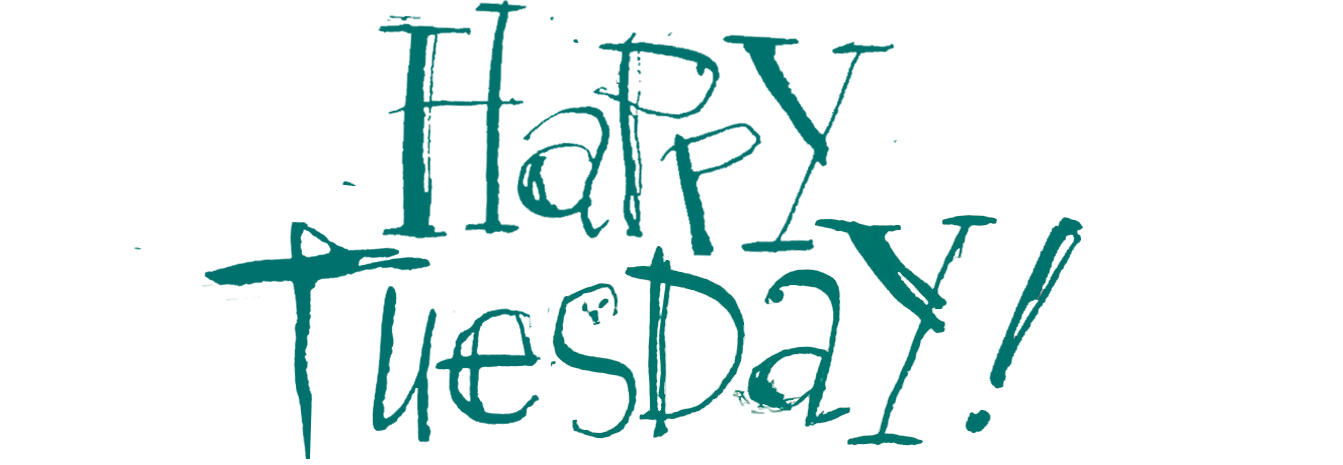


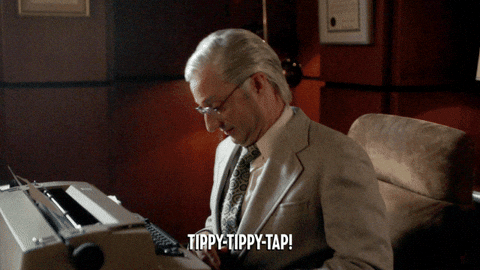


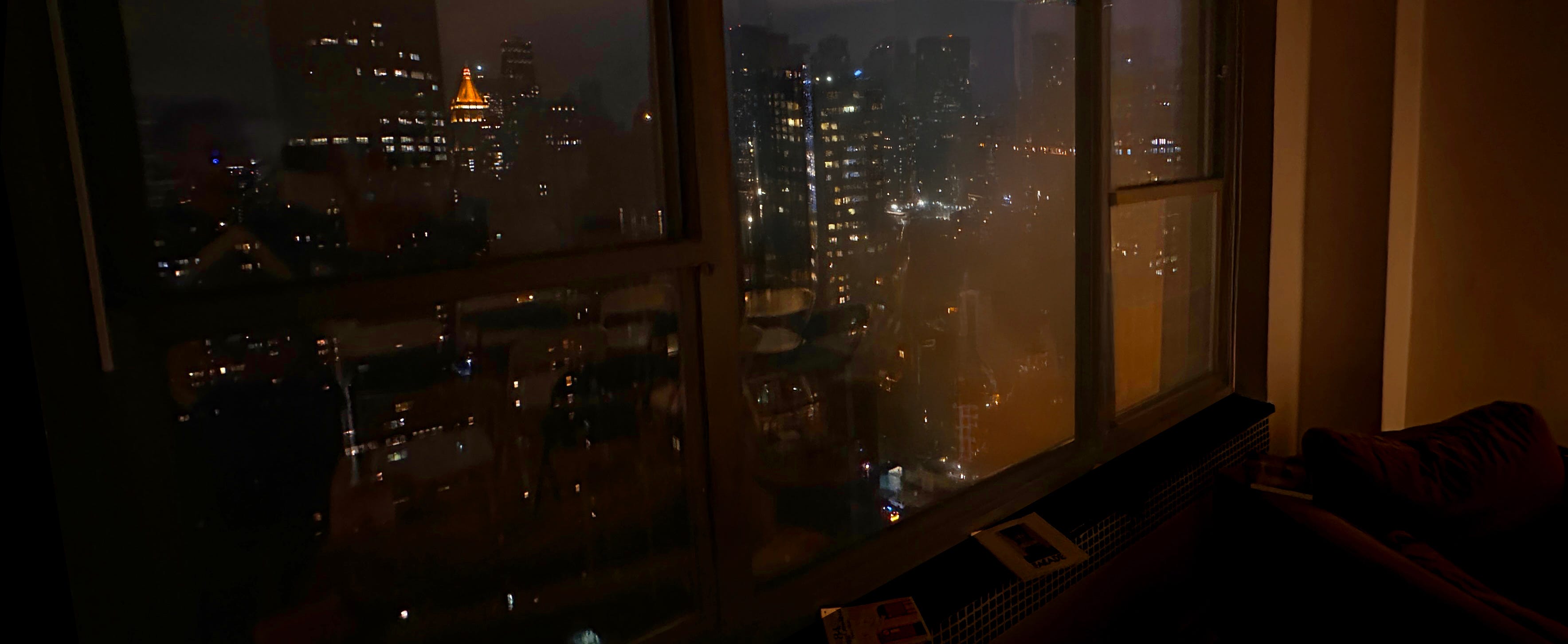



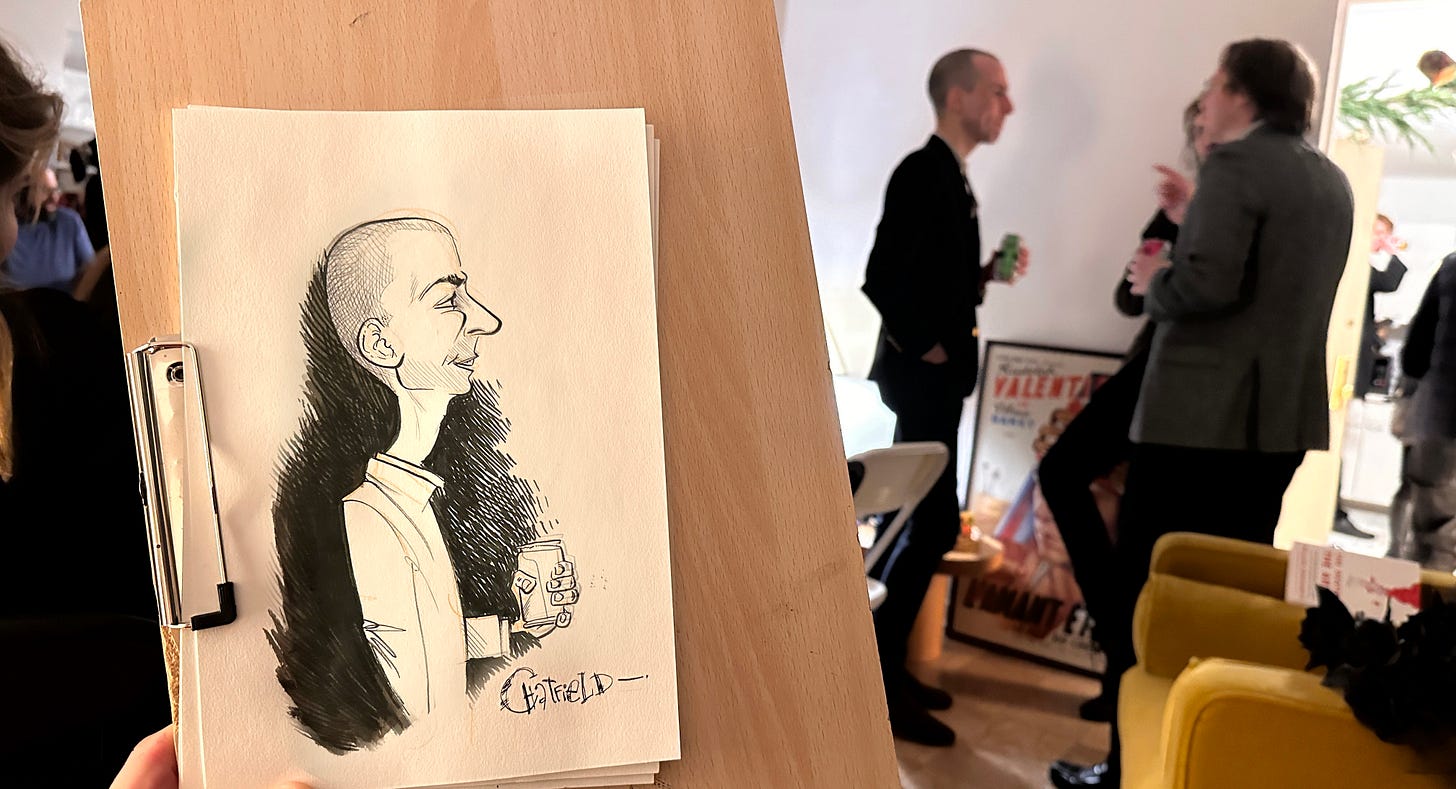
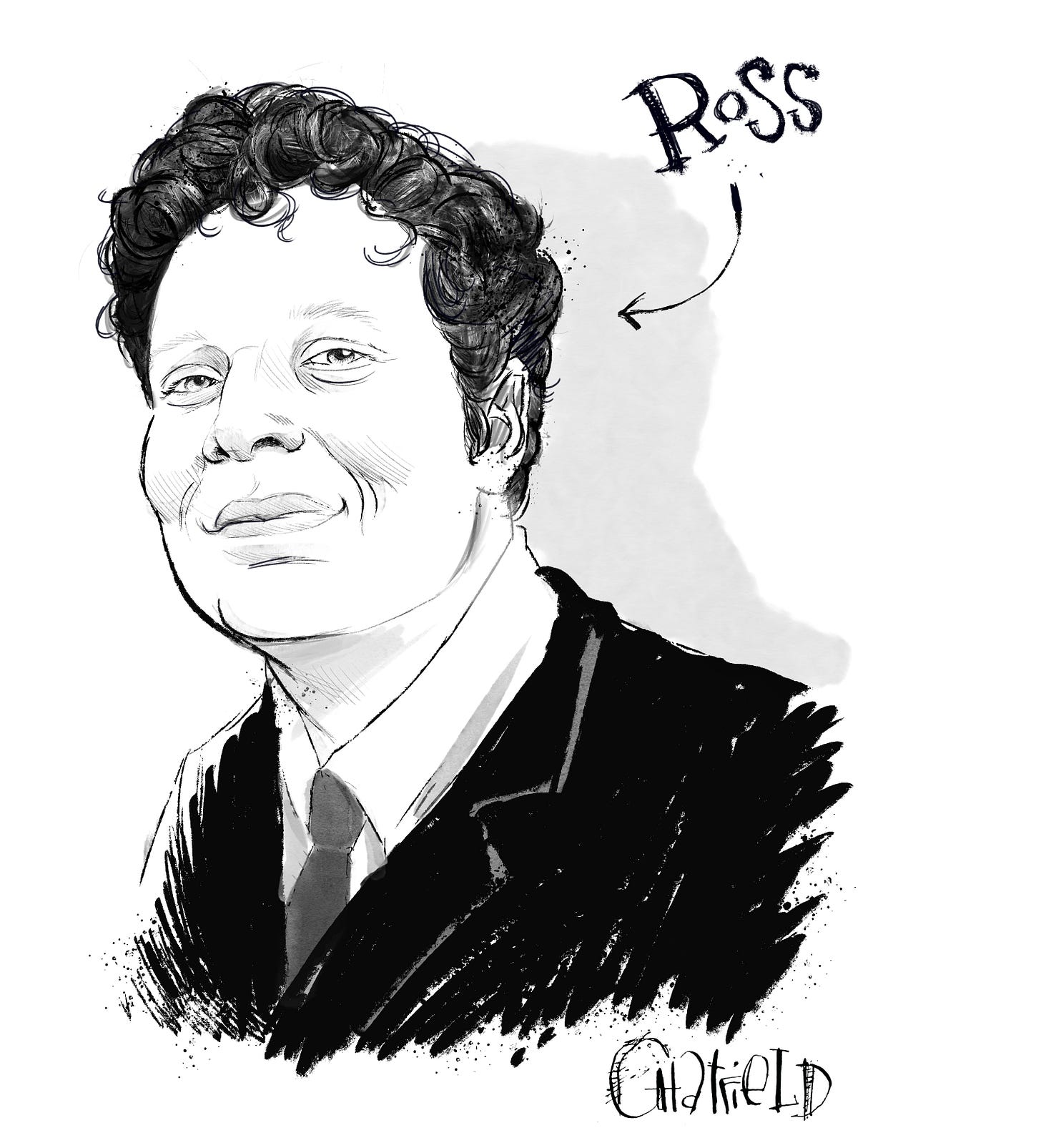

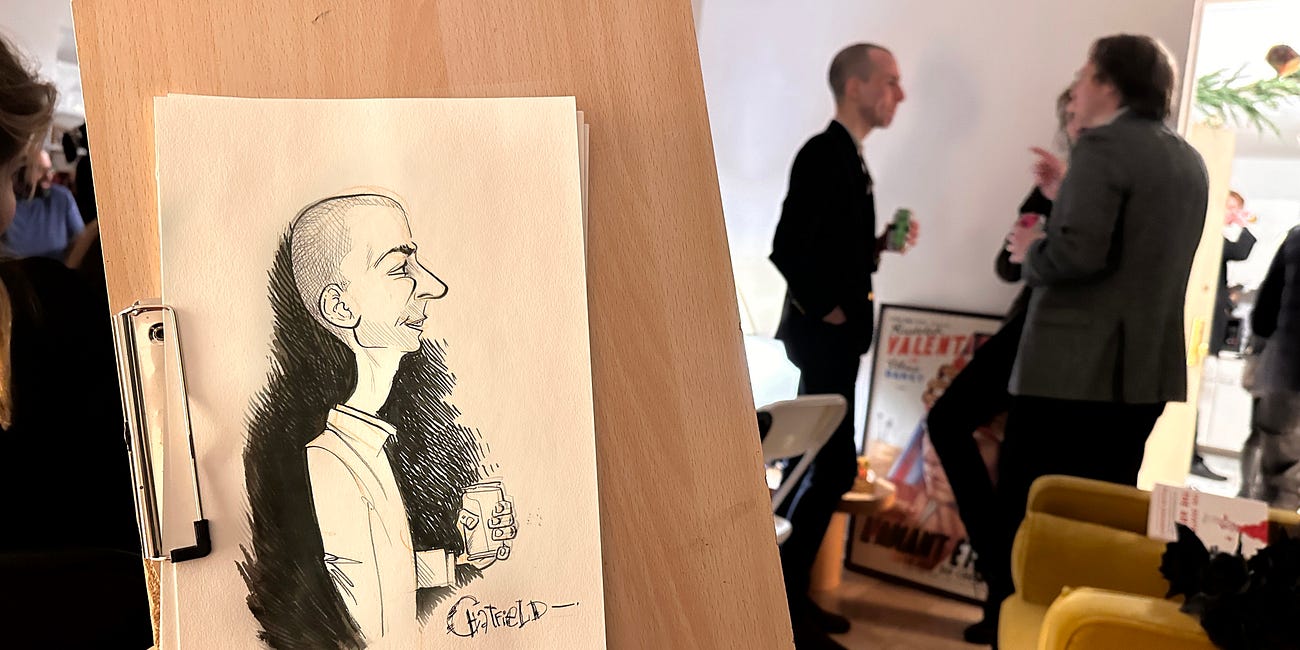
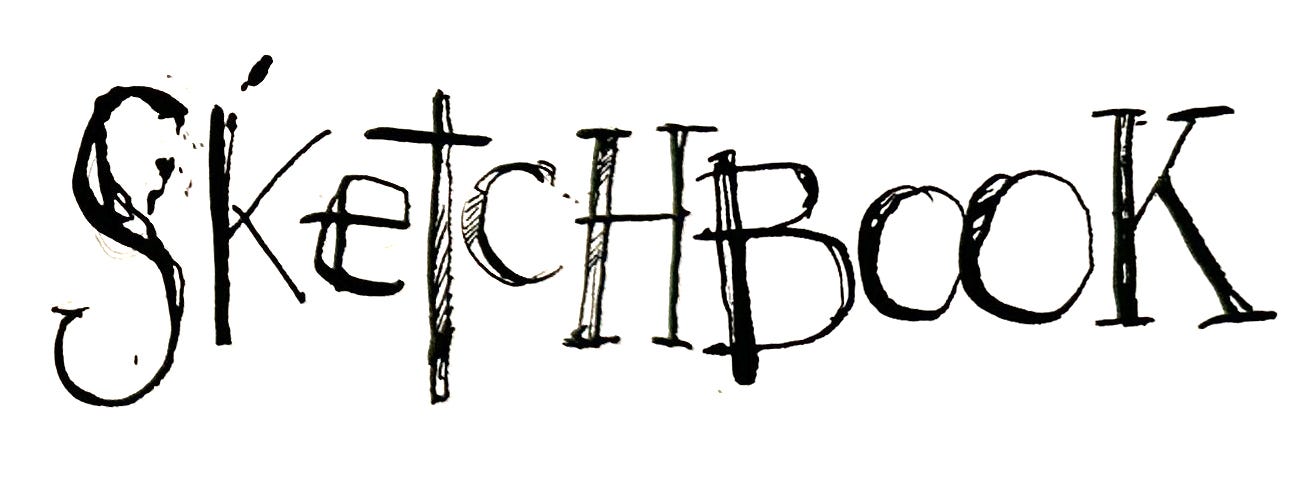



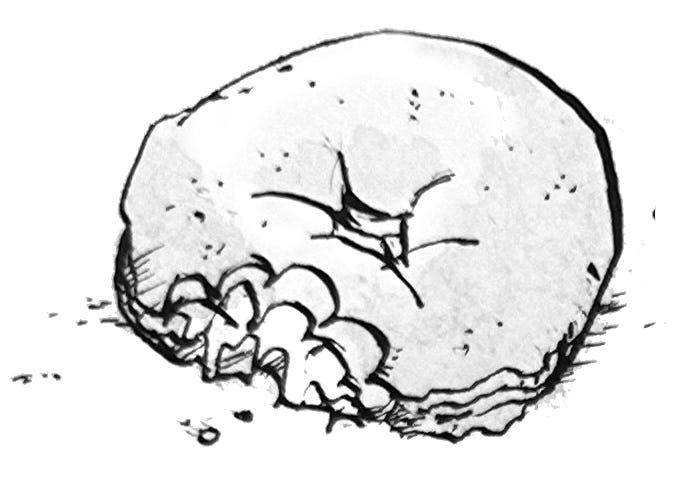
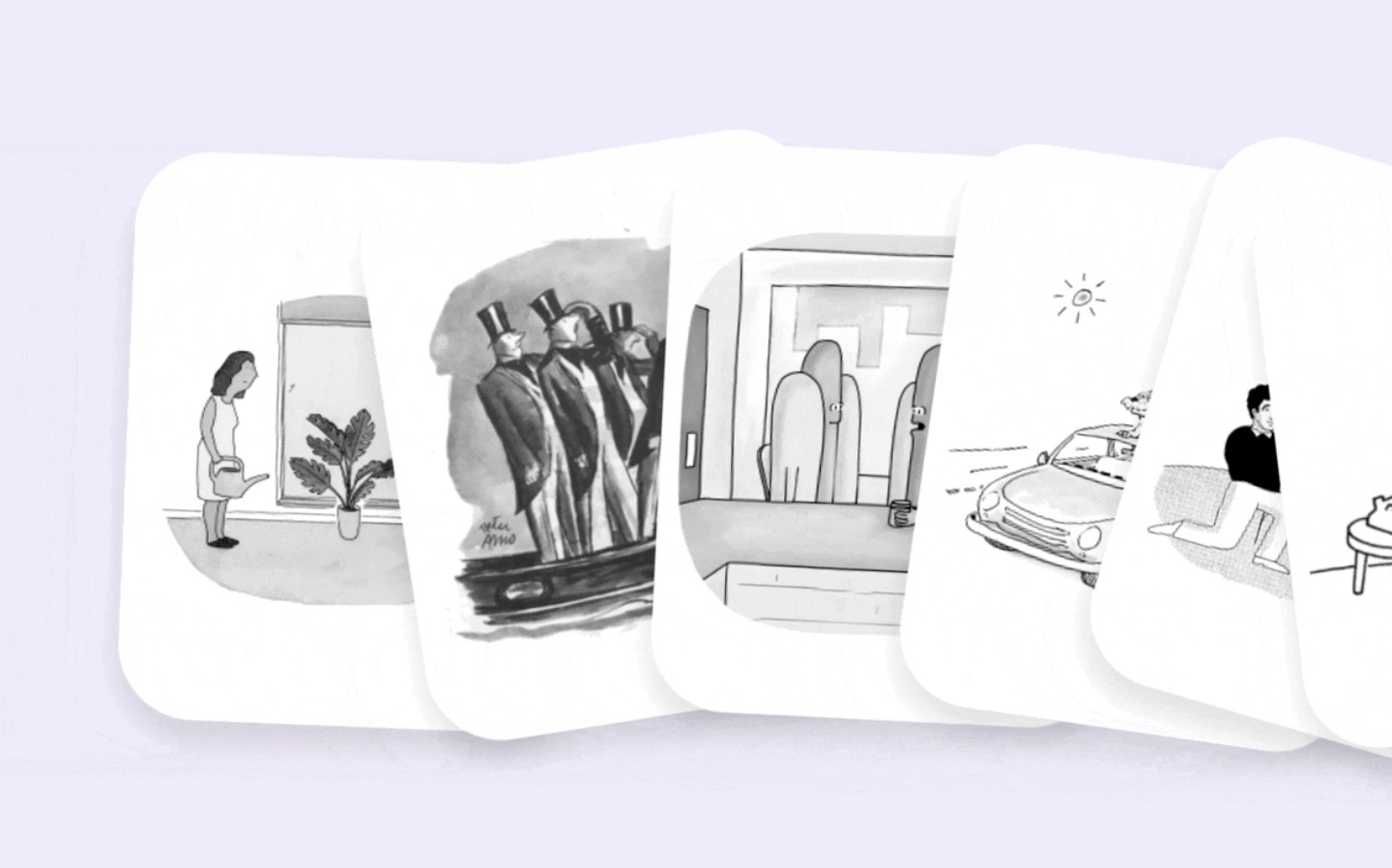
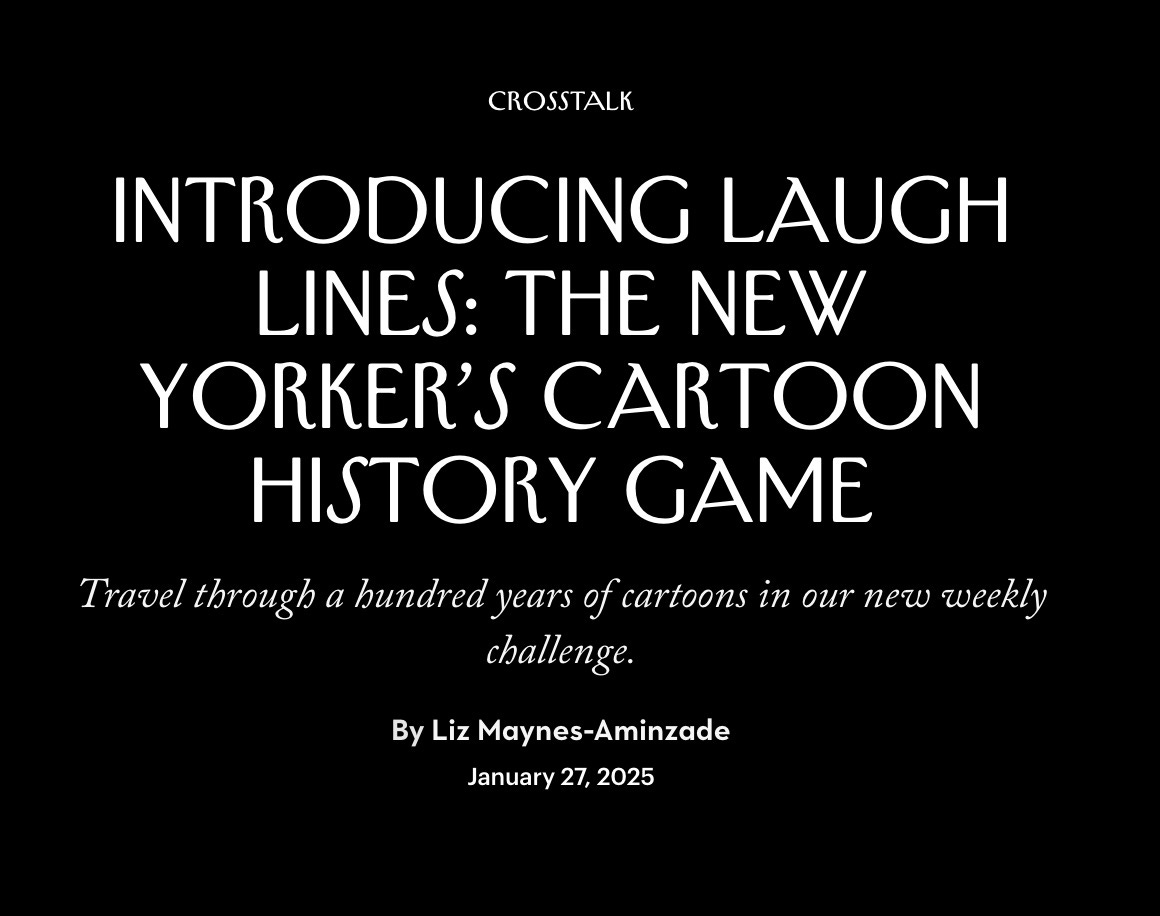
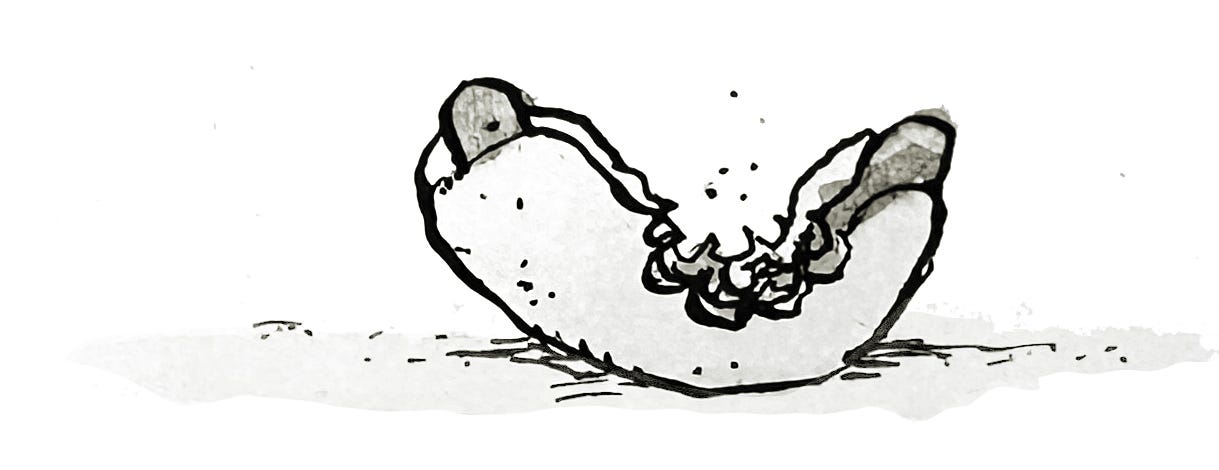

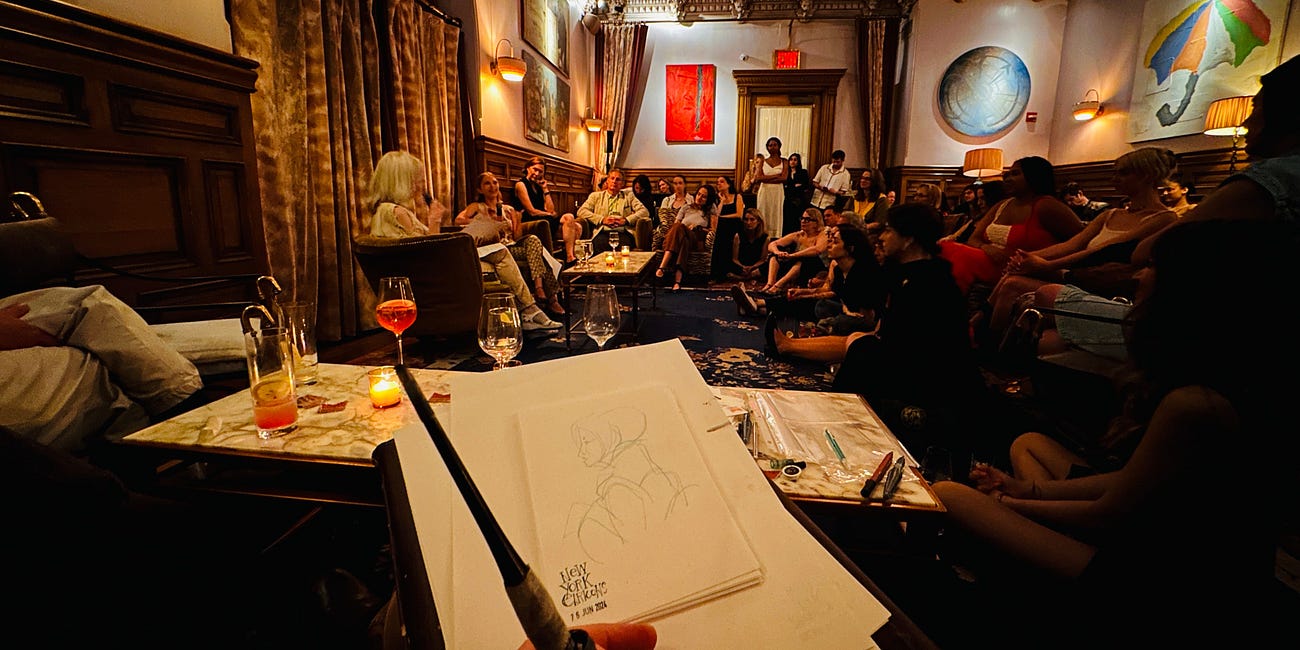

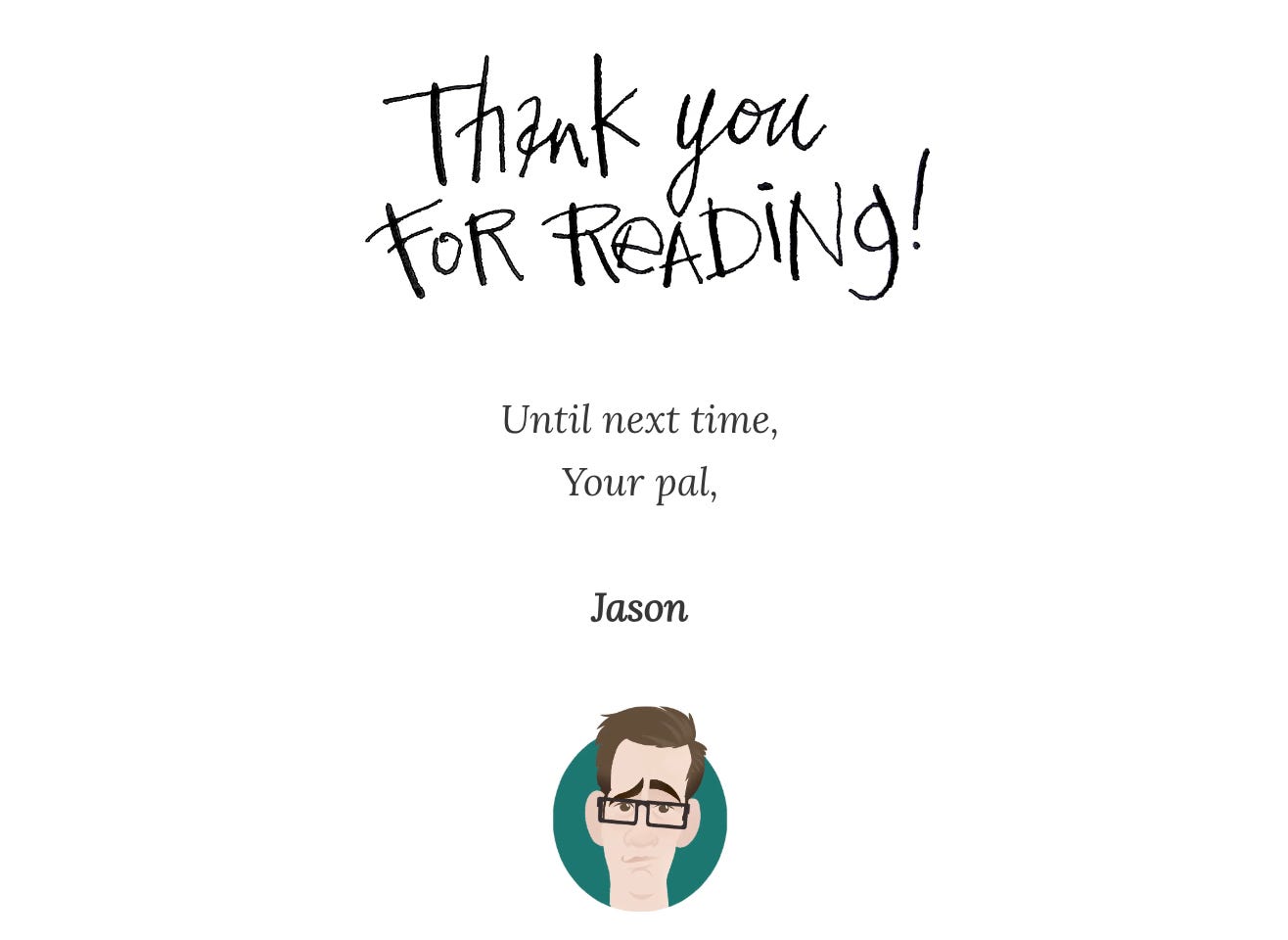
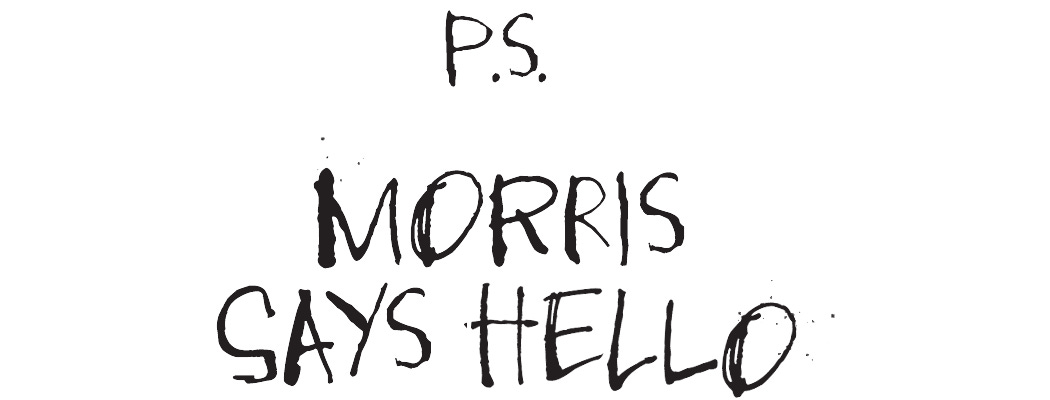
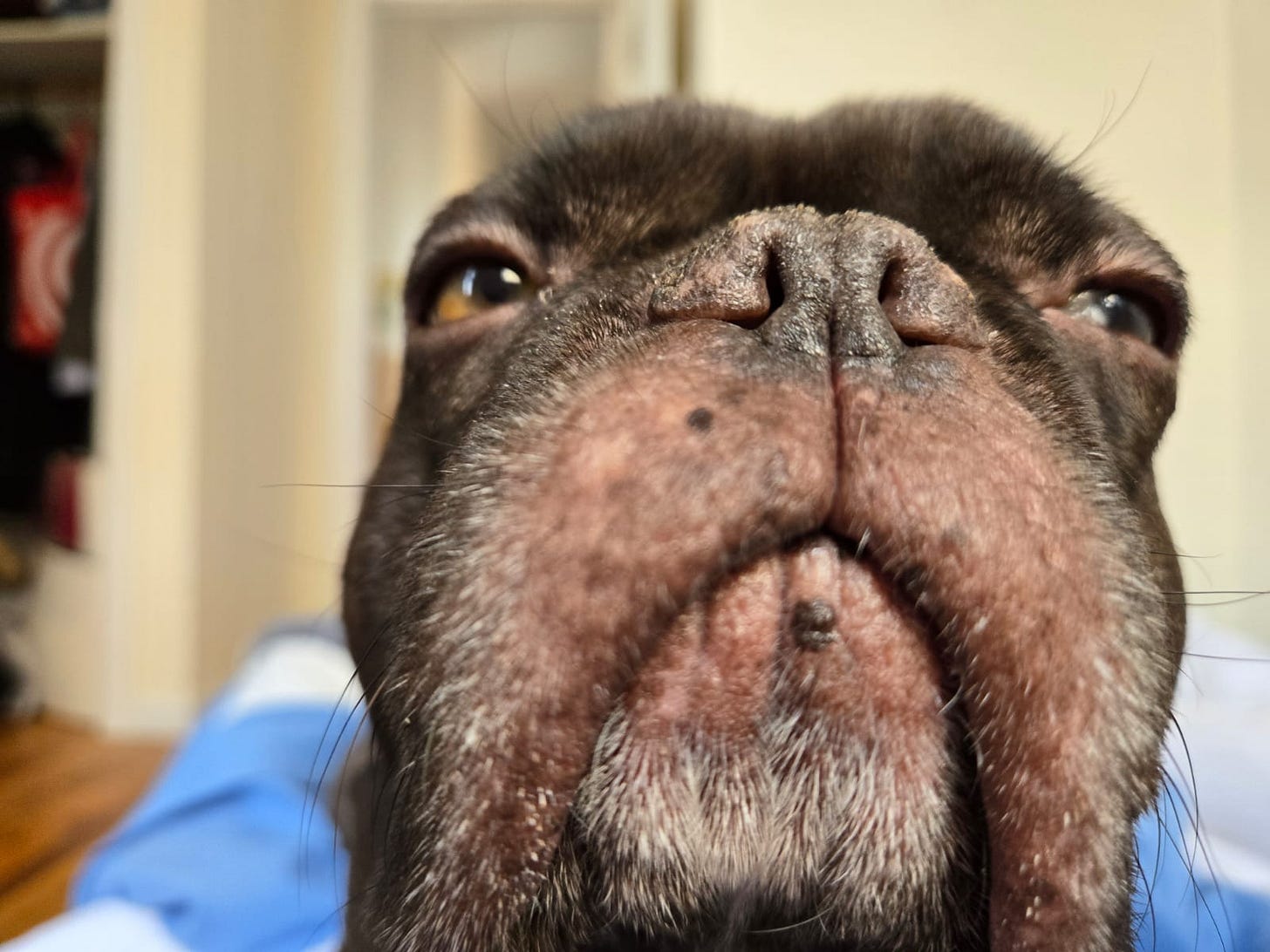
The Laugh Lines game is fun once I got the hang of it. Had trouble with all the elements loading on my phone.
OMG, Morris!
One of my favourite sounds is someone using a typewriter in a room next door. A rare thing now. But I hope your neighbours appreciate it!